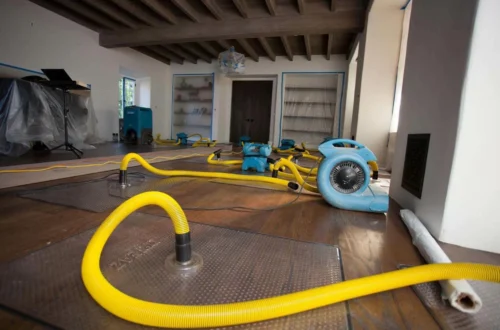The Backbone of Modern UAV Operations
Unmanned Aerial Vehicles (UAVs) rely on efficient power sources to complete missions successfully, and batteries play a pivotal role in this process. Whether it is for recreational drones, commercial delivery systems, or military surveillance UAVs, battery technology determines flight time, payload capacity, and operational range. As drones become increasingly critical in industries such as agriculture, logistics, and infrastructure inspection, the demand for reliable and high-performance batteries has grown significantly. This need drives continuous research and development aimed at maximizing energy density while maintaining lightweight designs.
Types of Batteries Used in UAVs
Lithium-Polymer (Li-Po) and Lithium-Ion (Li-Ion) batteries dominate the UAV market due to their superior energy-to-weight ratio. Li-Po batteries are particularly popular because they can deliver high discharge rates, making them ideal for applications requiring bursts of power, such as racing drones or heavy-lift UAVs. Li-Ion batteries, on the other hand, offer longer cycle life and stability, which suits endurance-focused missions. Emerging technologies like solid-state batteries and hydrogen fuel cells are also being explored, promising extended flight durations and enhanced safety features for future UAV models.
Challenges in UAV Battery Technology
Despite advancements, UAV batteries face several limitations. Short flight times remain a common challenge, with most consumer drones lasting between 20 to 40 minutes on a single charge. Additionally, battery degradation over time affects performance and reliability, forcing operators to replace packs frequently. Heat management is another concern, as high discharge rates can cause batteries to overheat, leading to potential safety risks. Manufacturers are working on solutions such as better cooling systems, advanced Battery Management Systems (BMS), and improved charging protocols to overcome these challenges.
Innovation Driving Longer Flight Times
Research in UAV battery technology focuses on increasing energy density without compromising weight or safety. Fast-charging capabilities, modular battery systems, and swappable packs are becoming more common, allowing operators to minimize downtime between flights. AI-powered monitoring systems now predict battery health, ensuring optimal performance and reducing unexpected failures during missions. These innovations are particularly beneficial for industries like aerial mapping and emergency response, where continuous operation is critical.
Future Outlook of UAV Power Solutions
The future of UAV batteries is promising, with breakthroughs in nanotechnology and alternative energy sources on the horizon. Solid-state batteries may soon replace traditional lithium-based cells, offering higher capacity and improved safety. Hybrid UAVs combining battery power with solar energy or hydrogen fuel cells could achieve flight times measured in hours rather than minutes. As UAV applications expand into urban air mobility and beyond-visual-line-of-sight operations, advanced battery technology will remain the cornerstone of progress, unlocking new possibilities for drone use worldwide.


